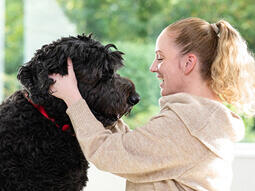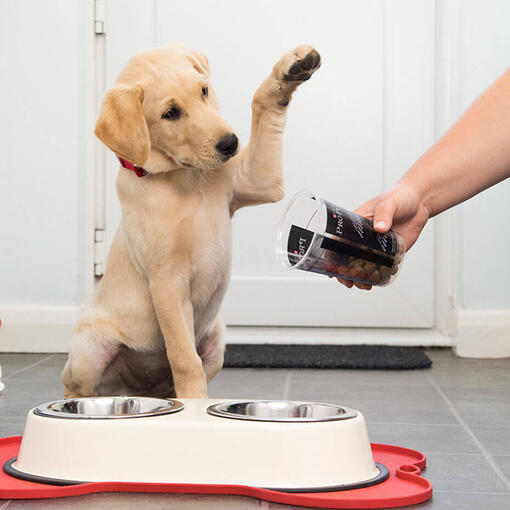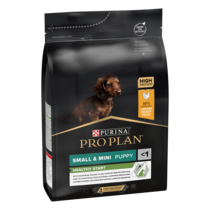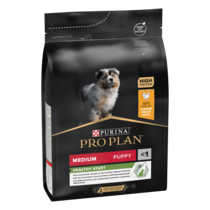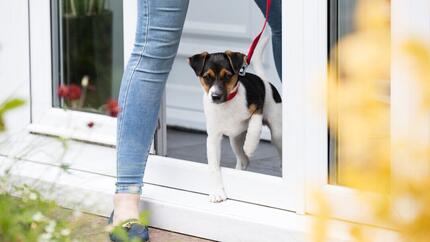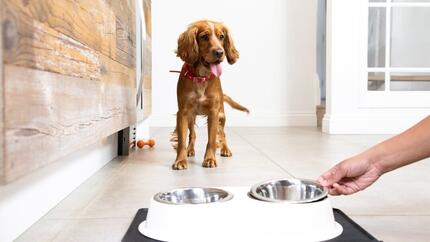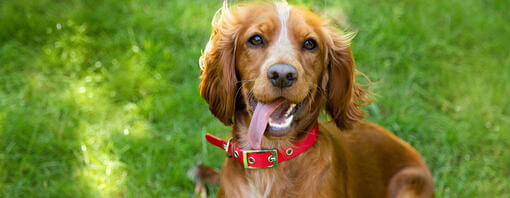

We all love puppies, right? It’s near impossible for any dog lover not to, surely. Wriggly, fluffy, loving and extremely cute – why wouldn’t you love them? Here at Purina we adore the little rascals – and they’re not just adorable; they’re interesting, too. Read on to find out some of our favourite facts about puppies.
1. Born helpless
You might expect puppies to be helpless when they’re born. (They’re babies, after all!) But did you know that they’re effectively born deaf and blind, with no teeth? It’s one of our favourite puppy facts! Even the famous canine sense of smell isn’t active when a puppy is born, and their eyes and ears are closed. Their eyes open when they are between 10 and 14 days old, with eyesight fully developing at about 7 weeks.
2. The first sense to develop is touch
Born without most of their senses fully developed, the first sense that puppies develop is touch. Almost from the very moment they are born, a puppy’s mother will lick and nuzzle them, stimulating their sense of touch. Touch continues to be important for your puppy throughout their lives.
3. Puppies can be twins
There are often many puppies in a litter, each genetically unique – but did you know that puppies can be twins? The first confirmed case of this was recorded in South Africa in 2016, with vet Kurt de Cramer delivering them via Caesarean section. Although it’s possible that there have been other unconfirmed cases of genetically identical canine twins, this was the first officially recorded instance of identical puppies being born.
4. They have baby teeth
Another interesting puppy fact is that they lose their first set of teeth – meaning that these could (adorably) be called baby teeth. Your puppy’s baby teeth will be replaced with adult teeth at about 4 months of age.
5. Their coat colour may change as they grow
A bit like humans, the colour of puppies’ coats may change as they get older. Patches of colour can shift and grow, and how they do so can depend on the breed. Dalmatians, for instance, don’t develop their famous spots until they are two or three weeks old. If your pup is purebred, then you’ll be able to more or less predict their appearance through how their parents look, but for crossbred or mixed breed pups, it can prove more complicated.
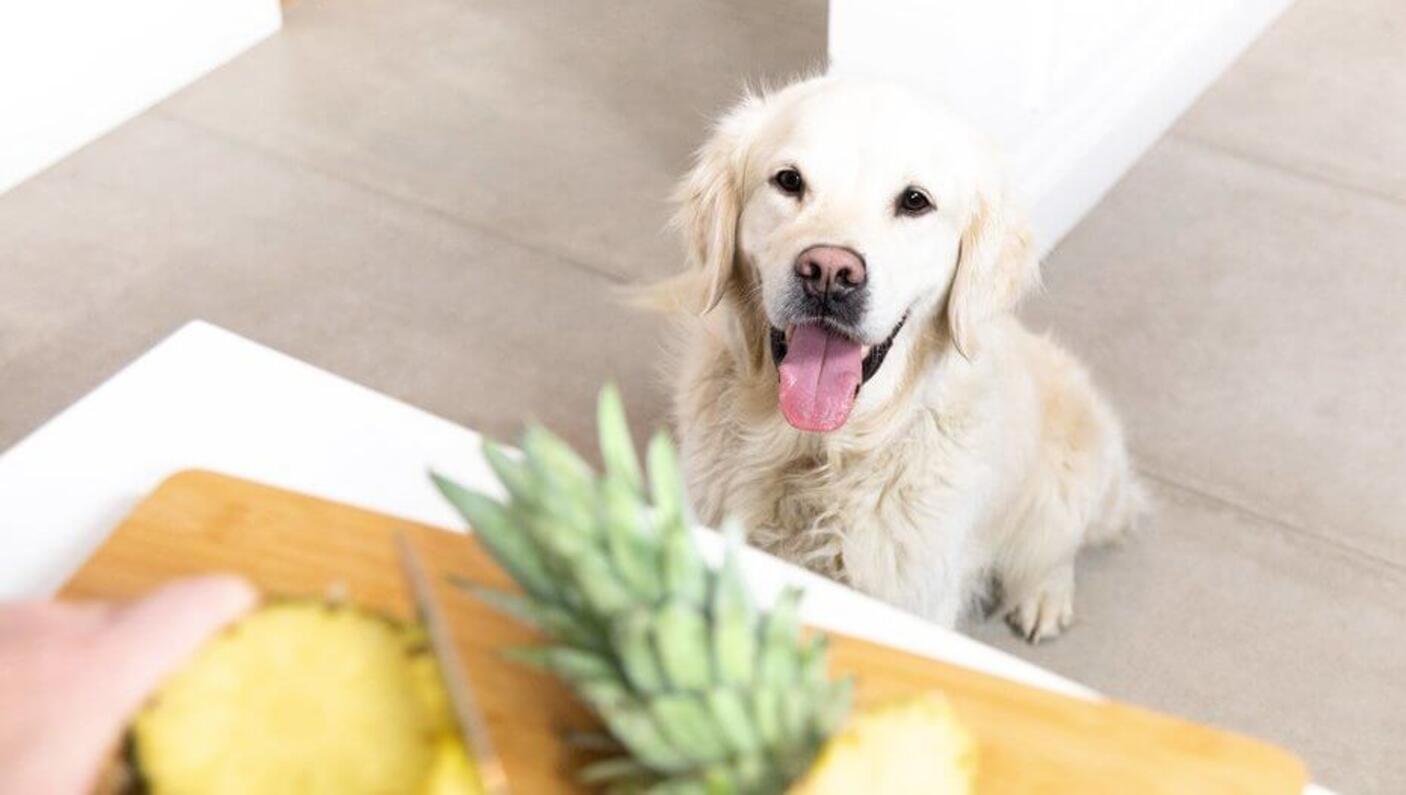
6. Estimated 1.2 million born worldwide
Another interesting fact about puppies is that the number of pups born each day drastically overtakes the number of human babies that come into the world, with approximately 1.2 million pups to 360,000 babies. That’s roughly 3 times as many puppies as humans!
7. Ideally, all should double their birth weight after the first week
If all goes to plan, and your pup is growing healthy and strong, they should ideally double their birth weight after the first week of life. Twice the size in just a week!
8. At a year old, they’re considered adults
Puppies are officially considered adult dogs when they reach a year old, although the age at which they reach maturity really varies by breed. Small dogs like Chihuahuas, for instance, will be physically mature at about 9 or 10 months old, while large breeds like the Great Dane can take up to 2 years to be fully grown!
9. Largest litter ever recorded was 24 puppies
One of the most almost unbelievable facts about puppies, this amazing fact is recorded in the Guinness Book of World Records! Born in the UK in 2004 to a Neapolitan mastiff called Tia, the 24 pups were born by Caesarean section, although one was unfortunately still born, and three others died in the first week.
10. Puppies can be born green
It seems incredible, but it’s true… Puppies can be born green. Although the colour isn’t permanent – fading after a few weeks - there are a few recorded cases of light-coloured puppies being born a surprisingly verdant colour. Veterinarians think that the unusual colour is caused by a green bile pigment found in the dog’s placenta mixing with the amniotic fluid.
If you liked our facts about puppies, why not take a look at 15 Amazing Dog Facts?
